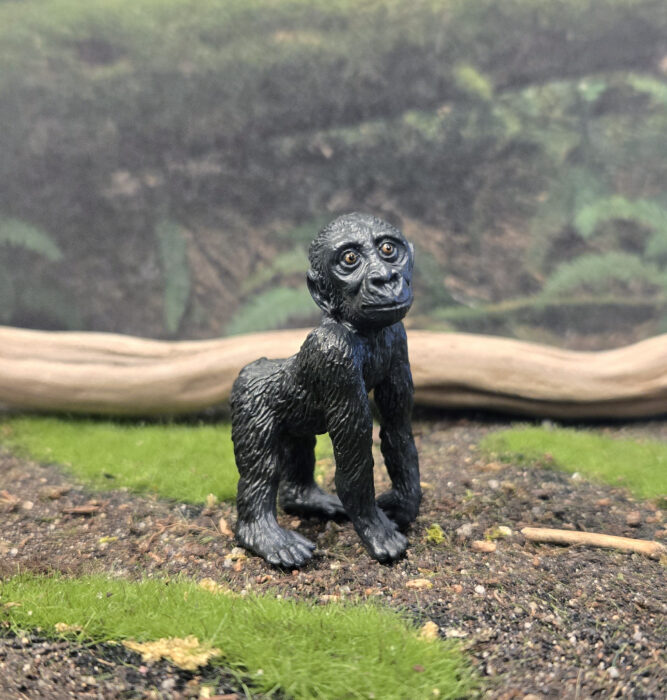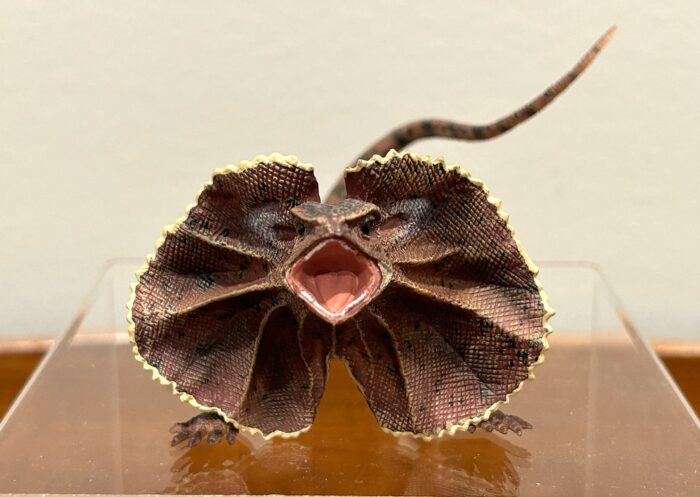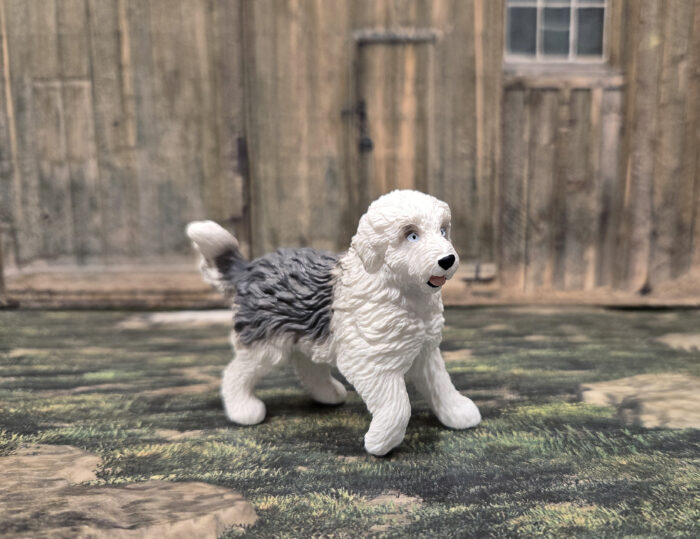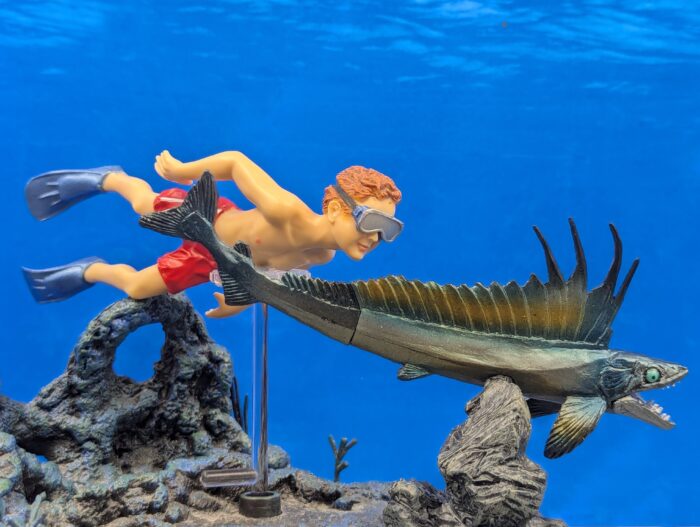The genus Acherontia, whose members are commonly referred to as death’s-head hawkmoths, contains three species broadly distributed in Eurasia and Africa. The greater death’s-head hawkmoth (A. lachesis), which is the largest of the three, occurs in Central and East Asia to Japan and the Philippines; it has also recently become established in Hawaii.
Type: Figurine
Yellow Tube Sponge (Unknown)

Review and images by JimoAi; edited by bmathison1972
“Are you ready kids?”“I can’t hear you!”“Ooooooooooooo““Who lives in a pineapple under the sea?”
Not the Yellow tube sponge (Aplysina fistularis)! Sponges, despite resembling plants, are among the simplest animals, going all the way back to the Ediacaran 650 million years ago.
Long-eared Owl (Wings of the World by Safari Ltd.)

It’s October again, and that means for the entire month we’ll be featuring spooky creatures and creepy crawlers here on the blog. Halloween is big in my household. Decorations go up in September, apple cider is well stocked in the fridge, pumpkin scented candles burn, and horror movies play every night.
Gorilla, infant (Baby Wildlife by Toymany)

Author’s note: Normally in October I follow the ‘spooky’ critters theme. However, I wanted to get this sixth and final Toymany baby African animal up on the blog, which like others I have reviewed recently, was courtesy of @Kenc and our friends at Toymany. My other posts this month will stick to the traditional theme :-).
Frilled Lizard (Little Wonders by CollectA)

Review and images by Suspsy; edited by bmathison1972
The frilled lizard (Chlamydosaurus kingii), also known as the frill-necked lizard or frilled dragon, is one of Australia’s most famous animals, right up there with the saltwater crocodile, dingo, wombat, koala, and kangaroo. Active in the daytime, it spends most of its time in the trees foraging for insects and other small animals.
Common Zebra, foal (Baby Wildlife by Toymany)
Pygmy Hippopotamus (Wild Safari Wildlife by Safari Ltd.)

I wasn’t originally going to post a review this week but there was one last figure I wanted to cover before October began and creepy critters would dominate the blog. It’s the Safari Ltd. pygmy hippopotamus (Choeropsis liberiensis) and the reason I wanted to cover it sooner than later is thanks to a certain baby pygmy hippo that has taken the internet by storm.
Old English Sheepdog, 2024 (Farm World by Schleich)
Vietnamese Pot-bellied Pig (Farm World by Schleich)

Today it is my great pleasure to share one of my holy grail figures with the blog, the 2014 Schleich pot-bellied pig. This figure was retired in 2018, one year before this blog was launched and I got into extant animal toys. I don’t know how it came across my radar but for a couple years now I’ve been looking at eBay listings for it, in the hopes that I could find one for a decent price.
Longnose Lancetfish (Mini Collection Deep Sea Fish by Bandai)
Reticulated Giraffe, calf (Baby Wildlife by Toymany)
Pig (Farm World by Schleich)

The figure we’re looking at today is not one that I deliberately added to my own collection, it was one that was given to my barely one year old daughter while visiting some relatives. They handed her the pig to play with and then insisted she should keep it. Well, she’s too young for this sort of toy, so it has been sitting on my shelf until she reaches the recommended “3 years and up” age.








